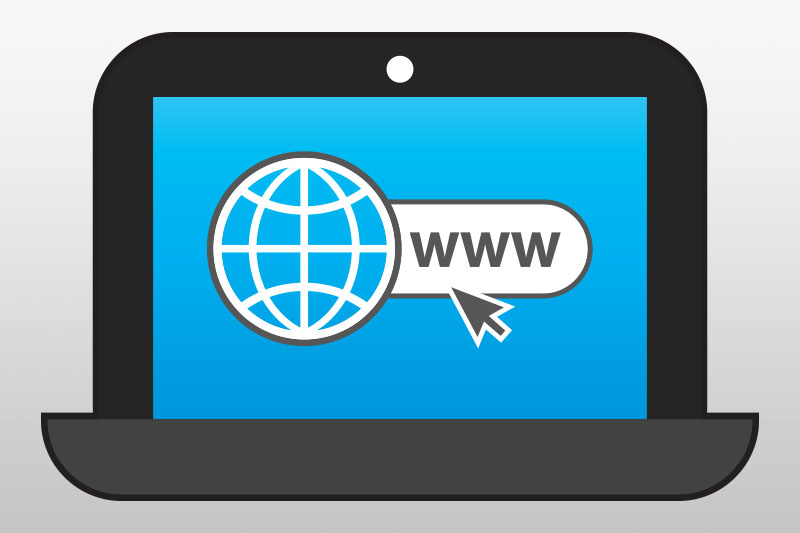By Ken Kelly, Kelly Roofing.
CRM, or Customer Relationship Management, is a software system designed to track potential customer interactions and help manage the sales process. There are a number of players in the CRM space, but the two most robust offerings are Dynamics CRM and Salesforce. The key to their success is the ability to automate and customize. This article focuses on the opportunity.
Many companies call opportunities “leads.” Opportunities are so much more. Opportunities are a true request to provide a quote or potential quoting “opportunity.” In the end, opportunities are either won or lost. And, you can have multiple opportunities for each customer. Now that we know what an opportunity is, let’s jump into the creating an automated opportunity process.
1 – Create the Opportunity.
In most cases, a potential customer will simply call into your office, fill out a web form request or send an email request to have their roof looked at. If a lead asks for an estimate they are now an opportunity. Convert the lead to an opportunity and add in additional details about their specific need. Details needed will include details about the leak or problem, contact details, who the decision maker is, budget, communication channel preference, type of roof, age of roof, time frame, presentation venue, advisors and material preferences.
2 – Set Estimate Appointment.
To truly automate the process there are online calendar systems that allow potential customers to request their own appointment time slot, much like making a restaurant reservation via OpenTable or similar app. If your CRM program has an integrated resource calendar this is absolutely possible and quite easy to set up. Set your CRM software to change the appointment duration based on the type of appointment. Repairs may only take one hour while reroofs may take three. Commercial projects could take the full day. The system can use the job type to determine this. The system can also automatically assign an estimator, sales coordinator and sales manager.
3 – Confirmation Automation.
Based on the potential customer’s preference, an automated confirmation should be generated from your CRM system shortly after the estimate appointment is created. This communication is most often an email but could be a text or phone call. I suggest including the detailed information you’ve collected from the potential client and ask them to review it for errors or omissions. Many times, potential customers have told us what their objections are in a reply email to the confirmation. Suggested items to list include names, phone numbers, email addresses, time of appointment, type of roof, budget, time frame to decision, decision makers, type of roof interested in, etc. Also include information about your company to help give some background on what makes you unique. As a final touch of professionalism, resend the confirmation 24 hours before the appointment and make it easy for the potential client to reschedule if needed.
4 – Estimate Automation.
Time is our most valuable resource. Constantly spending it reinventing the same estimate wheel is a waste. Have your CRM system do the heavy lifting for you. For instance, if you use an aerial measurement service, have your CRM system request a report automatically via addressing. The service can reply in kind using an importable file type that can then auto-generate estimates, prepopulate proposals and do most of the work without ever involving the sales team.
5 – After-Estimate Action.
Once the estimate is completed the system should be updated with the sales details. Examples are percentage of probably win rate, likely decision time frame, adjusted budget amount, samples requested, next follow-up date, type of follow-up requested and anything you can think of that will help adjust the after-estimate actions. Now that CRM has the information it needs, let the automation begin. CRM can automatically order samples from distribution or manufacturers and have them sent directly to the client. How about sending an after-estimate survey to see where the potential customer stands? Send automated communications via snail mail, email, fax, text or phone call reminder to see if the customer has made a decision yet.
6 – Close Opportunity Lost.
Ever wonder what happened to that estimate you gave a while back? Wouldn’t you like to know who won that big job? Wouldn’t it be nice to look at a list of opportunities and only call on the ones that are still active? This is where the Close Opportunity dialog comes in. Close opportunities lost if they were truly lost, if the customer decided not to have the work done or if it wasn’t really an opportunity in the first place. Have CRM send the opportunities an email with reply buttons in it. If the job is lost, just have them simply click on “We’ve decided to not have the work done or have it done by someone else.” This is a soft way for lost clients to let you know they went elsewhere. Let the system do it automatically to avoid putting any more time into a lost cause.
7 – Close Opportunity Won.
The customer has just awarded you the job. Now this is where automation really takes over. Your CRM software can be programmed to pass over all the important opportunity, contact, account, roof and job-related details and automatically start preparing the project for production. It’s time to automatically thank the customer and let them know what to expect. Have CRM contact the customer with a special thank you message. Include details on the specific job process, timeline of the project, what to expect, what they can do to prepare, what additional details are needed to keep things on schedule and so on. And don’t forget to bask in the winner’s circle. You deserve it.
Ken Kelly is president of Kelly Roofing in Naples, Fla. For more information, he can be reached via email at ken@kellyroofing.com.
Note: This article first published in Roofing Contractor magazine and the full version can be viewed here.

